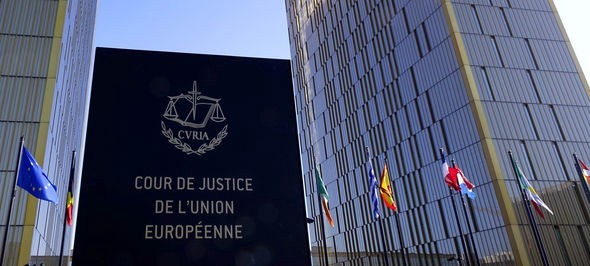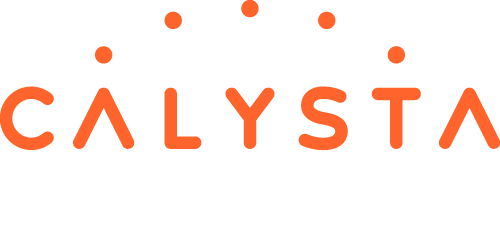
Breaking IP News – New decision concerning the extension of patent duration for new indication of known products
After the controversial topic of chloroquine, an anti-malaria remedy potentially active against Covid 19 virus, the new decision of the EUCJ concerning the extension of patent duration for new indication of known products has been issued on July 9, 2009. Finding new indication of a known medical drug can accelerate the access to new therapy and can be a sexy research program for the pharmaceutical sector in order to limit the investment costs for offering new treatment, the EUCJ (in C-673/18) makes it clear, this will not be rewarded by an extension of patent protection (SPC).
Ludivine Coulon makes a digest of the big lines of the decision.
The investment in the development of a new product (active substance) until the product is authorized to be put on the market can be rewarded by an extension of up to 5 years of patent protection by a supplementary protection certificate but the investment in the development of a new indication for an existing active substance until the product is authorized to be put on the market for that new indication can NOT be rewarded by a supplementary protection certificate.
On July 9, 2020, The Grand Chamber of the European Union Court of Justice, (EUCJ) issued its decision in the preliminary ruling in case C-673/18 (Santen SAS v Directeur général de l’Institut national de la propriété industrielle (Director of the French patent office).
As a brief background, supplementary protection certificate (SPC) can be obtained to extend the life of a patent (exclusive protection) when it relates to a medicinal product for a maximal duration of 5 years (EC regulation 469/2009). This supplementary protection was made available especially, but not only, to medicinal products, to reward long, costly research in the pharmaceutical sector.
The supplementary protection was justified by the fact that the period that elapse to obtain a marketing authorization (MA) to be authorized to put a medicinal product to the market can be so long that the duration of protection by the patent can be insufficient to cover the investment put into the research.
.
In summary, the supplementary protection compensate the fact that if the approval of a product is delayed in such a way that the remaining protection by the patent is too short, the owner of the patent can claim additional protection.
The additional duration is calculated from the date of the first authorization in the European community and the conditions to obtain an SPC are given by article 3 of the EC 469/2009 regulation:
- the product is protected by a basic patent in force;
- a valid authorisation to place the product on the market as a medicinal product has been granted in accordance with Directive [2001/83] or Directive [2001/82], as appropriate;
- the product has not already been the subject of an SPC;
- the authorisation referred to in point (b) is the first authorisation to place the product on the market as a medicinal product.’
SPC are exclusive rights which are of the utmost importance for the pharmaceutical sector and case law about SPC is quite frequent in Europe to rule how to interpret regulation EC 469/2009 and because of the heavy investment done in the research to put new product on the market, huge effort are deployed by the pharmaceutical sector to extend duration of their patents.
Santen filed a patent application n° 057959306 in October 2005 protection an ophthalmic emulsion containing ciclosporin as active agent.
Santen obtained an MA on March 2015 for Ikervis®, a product containing ciclosporin for treating keratitis in adult patients with dry eye disease.
In Case C-673/18, to make a long story short, Santen SAS applied for an SPC based on its patent and claiming the MA dated March 2015 for Ikervis.
The French patent office objected that a former MA had been previously granted ciclosporin as its active ingredient (Sandimmun). That medicinal product was an oral solution indicated for preventing the rejection of solid organ and bone marrow grafts and for other therapeutic indications, including the treatment of endogenous uveitis, an inflammation of all or part of the uvea, the middle part of the eyeball and accordingly rejected the request for grant of the SPC.
Santen brought an action to the Court of Paris which was referred to the EU Court of Justice on the ground that the famous Neurim case (C-130/11), called the Neurim exception gives the possibility to obtain an SPC for a product having a new indication. The Neurim exception was based on the ground that the mere existence of an earlier MA obtained for a veterinary medicinal product does not preclude the grant of an SPC for a different application of the same product for which an MA has been granted, provided that that application is within the limits of the protection conferred by the basic patent relied upon for the purposes of the application for the SPC.
Of course, the discussion was about the interpretation of “different application (indication) for the same product and “application within the limits of the protection of the basic patent” and where Santen was of the opinion that a broad interpretation should be given to “different application for an existing product”, the Director of the French patent office was of the opinion that a restrictive interpretation should be applied.
The decision C-673/18 clarify this situation: Regulation EC 469/2009 refers to ‘product’ which means the active ingredient or combination of active ingredients of a medicinal product, notwithstanding the therapeutic application.
Under Article 4 of EC469/2009, the protection conferred on the product by the SPC is limited to the product covered by the MA but extend to any use of that product which was authorised before the expiry of the SPC.
Article 1(b) of Regulation No 469/2009 defines the term “product” by reference to an active ingredient or combination of active ingredients and not by reference to the therapeutic application of an active protected by the basic patent.
The condition for the grant of an SPC states that the MA obtained for the product must be the first MA for that product as a medicinal product.
The EUCJ accordingly concludes that the wording of that provision does not refer to the limits of the protection of the basic patent and therefore overturned the previous Neurim decision in that there is no need to take into account the limits of the protection of the basic patent and states that an MA for a therapeutic application of a product cannot be regarded as the first MA for that product as a medicinal product, where another MA was granted previously for a different therapeutic application of the same product mainly for avoiding divergent application by the member states of the regulation on the meaning of different application (indication) of a product
Further, the EUCJ states that the fact that the most recent MA is the first MA to fall within the limits of the protection of the basic patent relied on in support of the SPC application cannot call that interpretation into question and therefore overturned the former Neurim decision.
